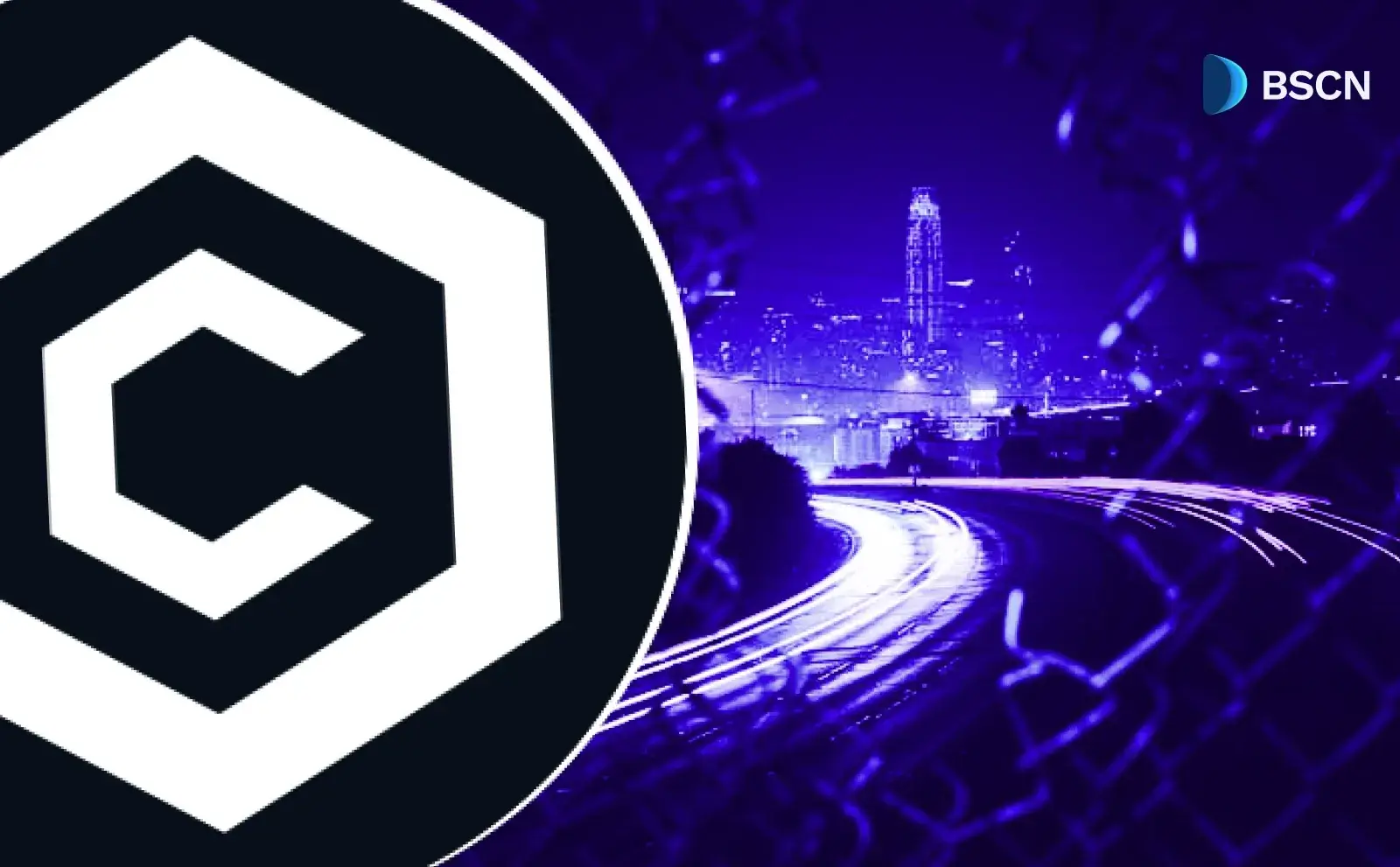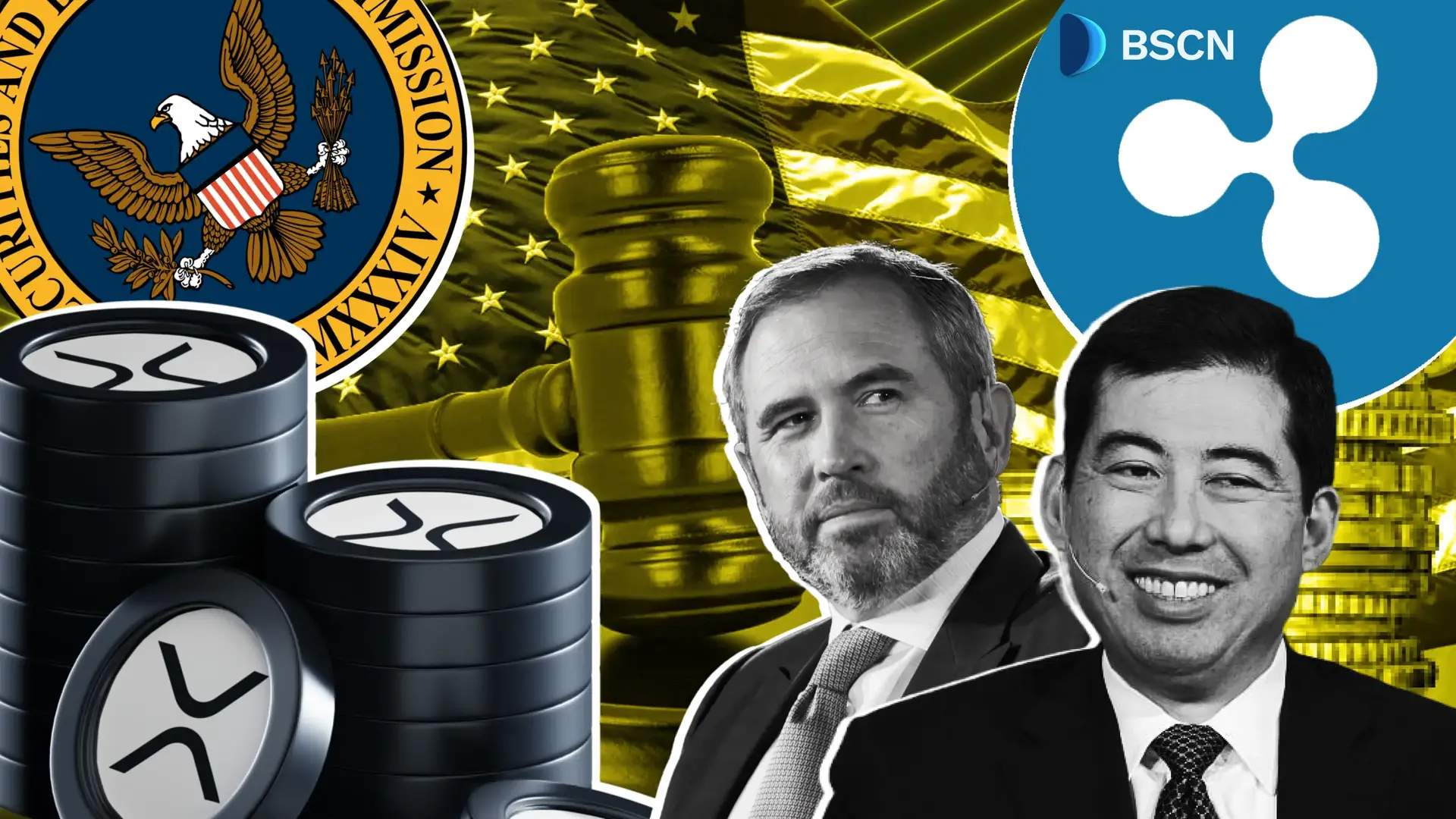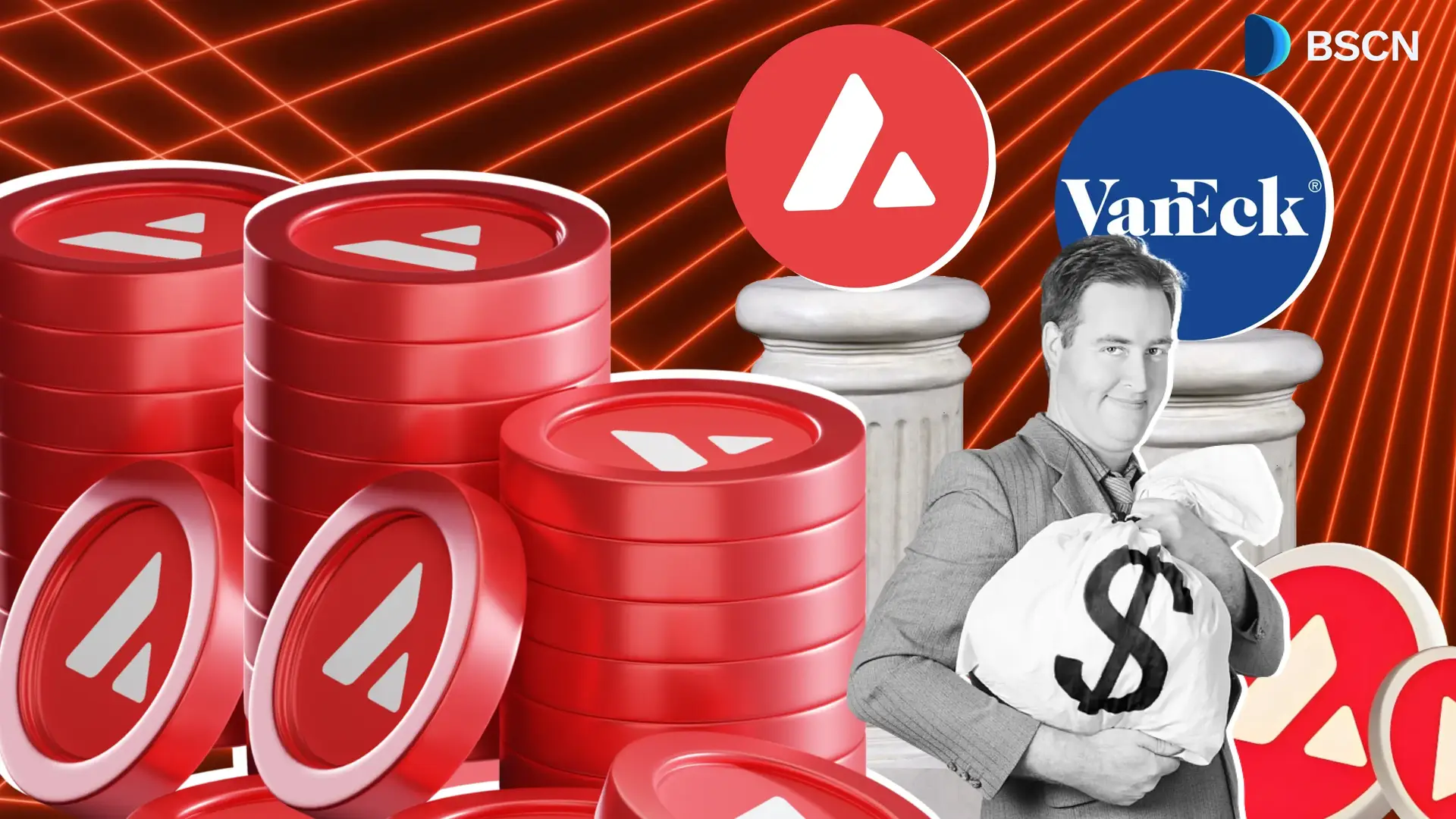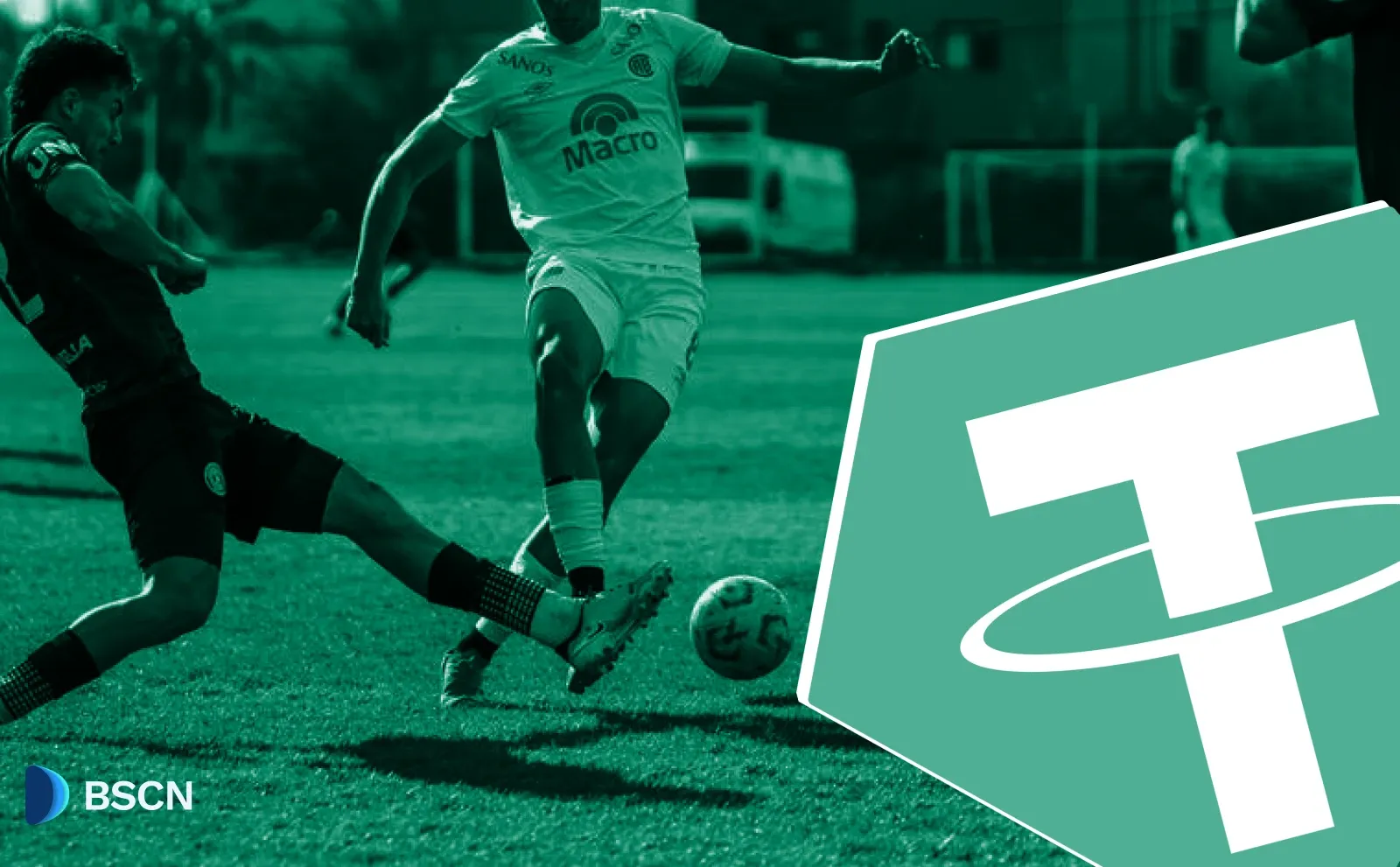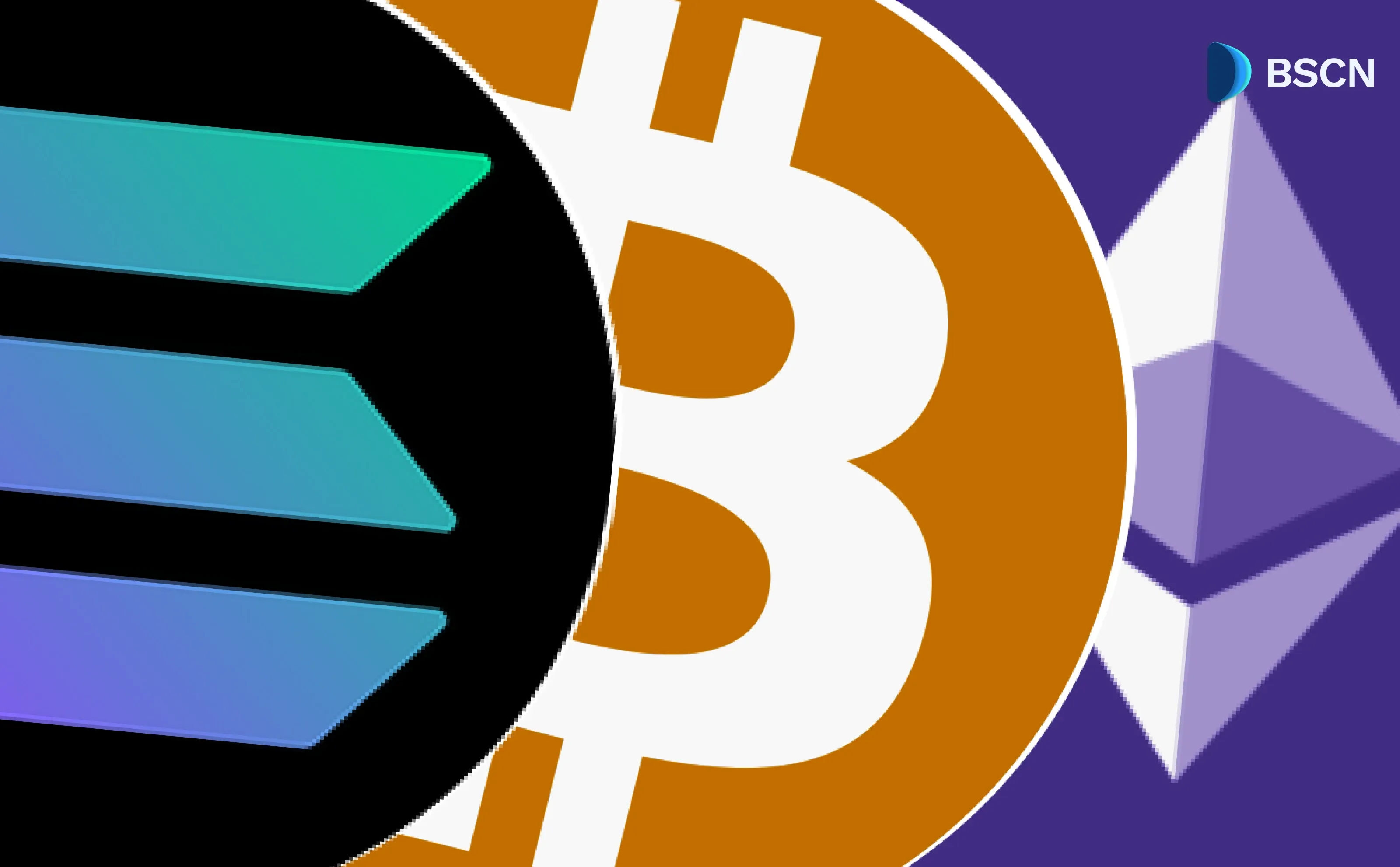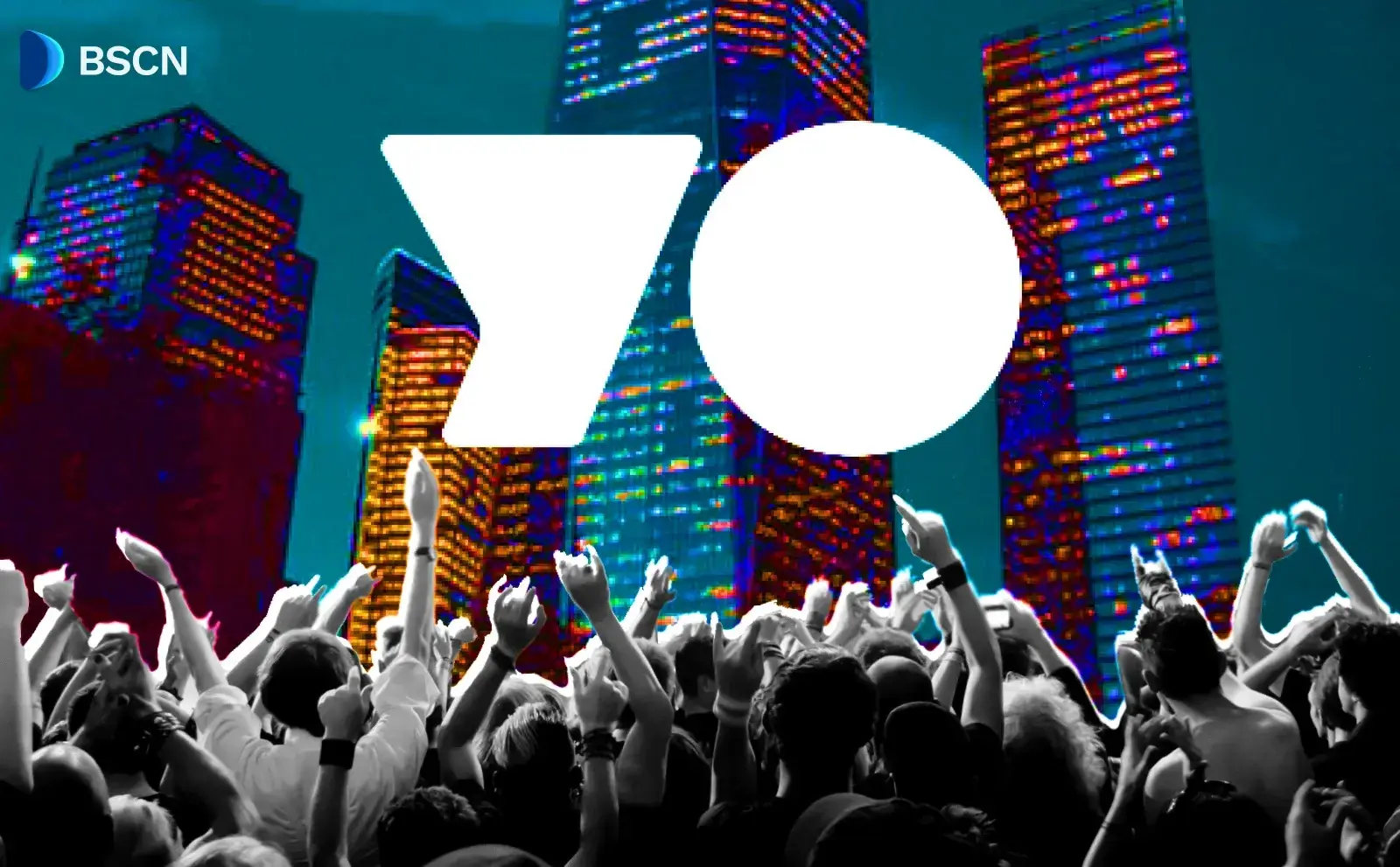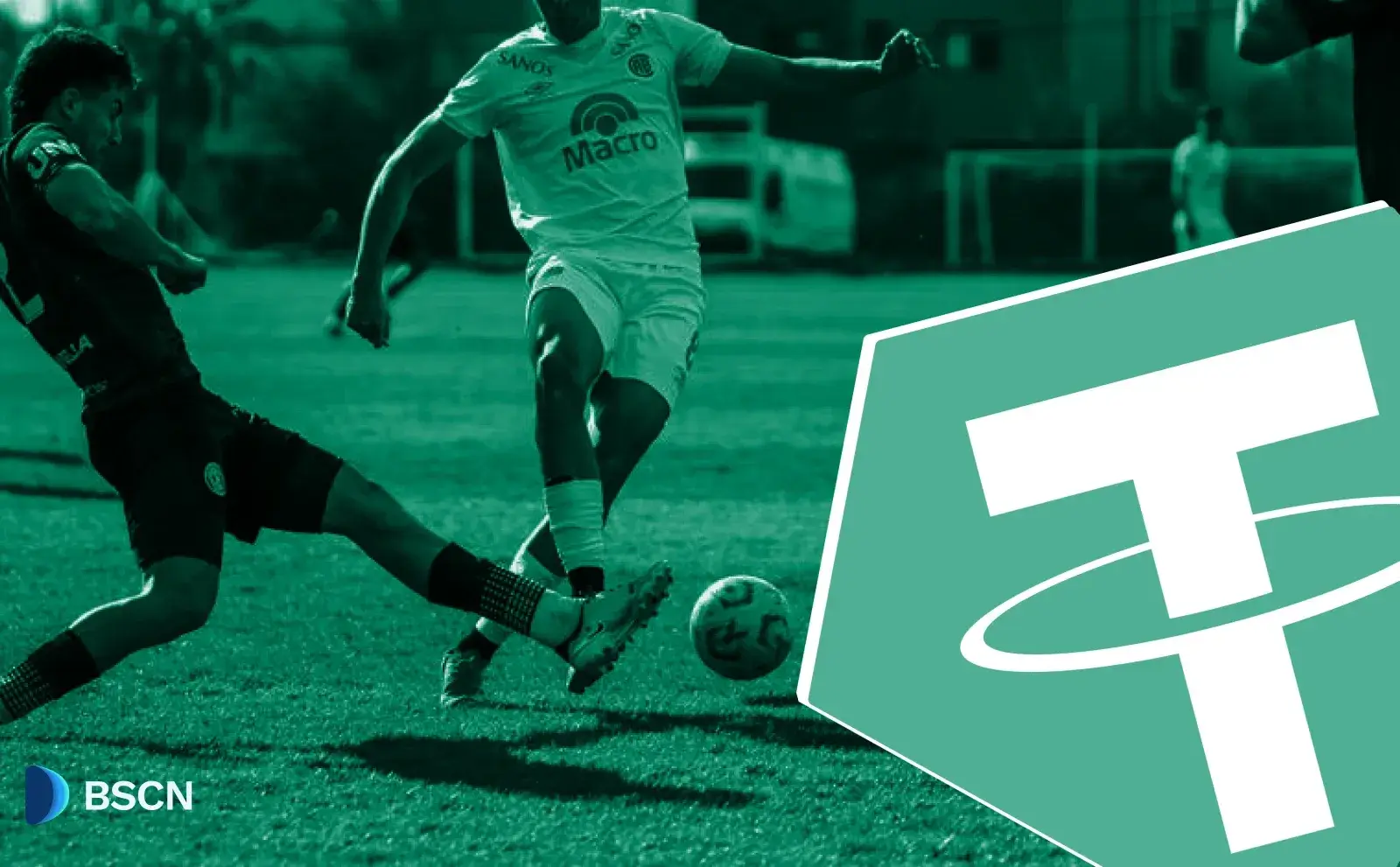Deepdive
(Advertisement)
What is Mantle Network (MNT) and How Does it Work?

Mantle Network aims to deliver efficient solutions. It stands out for its impressive speed and cost-effective transaction fees, providing users with a refreshing alternative to mainstream options.
BSCN
September 5, 2023
(Advertisement)
Table of Contents
Unveiling Mantle Network
Mantle Network emerges as a promising contender in the ever-evolving Ethereum's layer 2 solutions. With giants like Arbitrum and Optimism captivating developers and users and Polygon unleashing its formidable Polygon 2.0 update, layer 2 rollups are experiencing unprecedented activity.
But amidst this competitive frenzy, the question arises: What is Mantle Network, and how does it fit into this burgeoning ecosystem?
Back in May 2023, Mantle Network embarked on a transformational journey, proposing a rebranding initiative that sought the consensus of the BitDAO community. The proposal resonated with the community, gaining overwhelming support with 235 million $BIT votes in favor and 988 $BIT votes against. This historic decision marked the consolidation of BitDAO and Mantle under a single banner — Mantle ($MNT), firmly uniting their identities.
This rebranding endeavor set the stage for the continued development of Mantle Network, preserving the core principles of governance and economic privileges for token holders. But that's not all.
Worth noting, the Mantle DAO, driven by its vision for the future, has established an ecosystem fund backed by its robust treasury of $200 million.
This substantial fund is intended to fuel investments in early-stage projects that choose to call the Mantle blockchain their home. It goes beyond financial support, encompassing operational assistance, advisory guidance, launch support, and invaluable networking opportunities.
Here, we'll delve deeper into Mantle Network's architecture, its role in Ethereum's layer 2 ecosystem, and the transformative potential it holds for the world of blockchain.
What is Mantle Network
At its core, Mantle Network is an Ethereum Virtual Machine (EVM)-compatible Layer-2 (L2) scaling solution. It's the first modular Ethereum L2 solution that dares to reimagine the very essence of how blockchain components can work in harmony.
Mantle Network enters the scene armed with a powerful tool: Optimistic rollups. These rollups reportedly lay the foundation for Mantle's mission to deliver swift and cost-effective transactions.

Let's dig deeper into the working and architecture of Mantle Network:
Working of Mantle Network
At the heart of Mantle Network's groundbreaking functionality lie three pivotal components, each playing a crucial role in orchestrating an efficient and secure ecosystem. These three key elements work seamlessly together, ensuring harmonious communication with the main network. Let's explore how Mantle Network operates:
1. Optimistic Rollup Technology and MPC Nodes:
- Optimistic roll-up technology organizes transactions into batches, ready for approval and incorporation into the main network's data. Rollups efficiently bundle tens of thousands of transactions, streamlining the validation process. They utilize pre-state and post-state execution roots to verify state changes before and after a transaction batch is dispatched.
- Transactions are presented to the Layer 1 (L1) network "as-is," operating under the assumption of their integrity. This optimism about block and transaction integrity facilitates faster Layer 2 network speeds, thanks to optimistic rollups. However, transactions on the L1 network undergo an extended validation period, sometimes taking up to 7 days. Mantle seeks to overcome this limitation by introducing a new node role known as the Multi-Party Computation (MPC) node.
- MPC nodes independently compute state roots from transaction data and provide signatures for valid state transitions. As more nodes validate a block, confidence in its validity grows.
- Through bridge smart contracts deployed on both networks, optimistic rollup networks connect with the L1 network, ensuring secure asset transfers without third parties.

2. Modular Network Architecture:
Mantle Network adopts a modular blockchain architecture, distinct from monolithic blockchains, where nodes manage all tasks concurrently. In Mantle's design, transaction execution occurs on the Mantle network, while consensus and settlement processes take place on Ethereum.
3. Mantle's Data Availability Nodes:
Mantle's Data Availability (DA) nodes are powered by EigenLayer's EigenDA module. They store records of roll-up transactions, making them accessible to verifiers on both Layer 1 and Layer 2. Verifiers can retrieve data or transactions from the DA nodes during fraud-proof challenges. Mantle DA nodes also publish proofs of data validity to the L1 network.
Notably, modularizing the Data Availability system and implementing an economically efficient model through EigenDA allows Mantle Network to lower transaction fees while enhancing security.
MNT Token and Governance: Empowering the Mantle Community
At the heart of Mantle Network's ecosystem lies the $MNT token, a versatile digital asset that serves both as a governance instrument and a utility token. $MNT facilitates transactions by covering gas fees on Mantle Network. It also serves as collateral for Mantle Network nodes.
Let's look at $MNT's intricate operation and the governance model that empowers the Mantle community.
- The distribution of $MNT tokens is governed by Mantle Governance's rigorous process, with areas of allocation including User Incentives, Technology Partner Incentives, the Core Contributor Team and Advisors, and Other Opportunities such as acquisitions and token swaps. Initially, the distribution of $MNT tokens accounted for 65.6% for the Mantle Treasury and 34.4% of the circulating supply.
- Last June, the Mantle community passed a proposal to optimize the fully diluted supply of $MNT tokens ahead of its launch. This proposal primarily involved not converting 3 billion $BIT tokens currently held in the Mantle Treasury to $MNT, effectively decreasing the fully diluted supply by 3 billion tokens compared to $BIT.
As per recent reports, the Mantle treasury will hold 47.4% of $MNT while 52% will be in circulation. The remaining 0.6% will be reserved for Mantle core budget.

Worth noting, the Mantle governance process operates off-chain, with discussions initiated by the core contributor team or community members. The discussion's progression to a formal proposal, analogous to Ethereum's EIPs, depends on community interest and support.
Key Features of Mantle Token and Governance
Mantle Network stands out with distinctive features that set it apart from the competition. Let's explore these key characteristics that make Mantle a compelling player in the blockchain arena.
Transaction Cost-Saving:
- Regarding transaction fees, Mantle outshines the Ethereum mainnet, offering a wallet-friendly alternative. The project boasts an impressive over 80% reduction in gas fees compared to Ethereum. In practical terms, consider this: while the average gas fee on Mantle Network hovers around a mere 0.06 Gwei, Ethereum clocks in at a hefty 19 Gwei, based on official network explorers' data.
- Compared to fellow Layer 2 platforms like Optimism, with its gas fee of 0.16 Gwei, Mantle still prevails as the cost-effective choice. This cost-efficiency is partly attributed to Mantle's use of EigenDA for data availability, a savvy move that keeps transaction fees in check.
Performance:
- With a reported throughput of 500 transactions per second (TPS), Mantle Network leaves Ethereum's 32 TPS far behind.
- The network boasts an impressive block time of approximately ten milliseconds, ensuring that transactions are processed at lightning speed. This translates to reduced latency and enhanced throughput, ultimately delivering a better user experience with swift confirmation of transactions.
- While prevailing demand conditions can influence performance, Mantle is reportedly engineered to handle higher loads without sacrificing efficiency, making scalability a part of its DNA.
Security:
Mantle Network inherits the robust security architecture of the Ethereum network while charting its unique path. Beyond verifiers and fraud proofs, Mantle employs Multi-Party Computation (MPC) nodes to verify the validity of blocks. This approach aims to reduce the challenge period over time, enhancing security measures.
Mantle Network's Promising Ascent in Ethereum's Layer 2 Arena
With our exploration of Mantle Network coming to a close, it's evident that this L2 project is positioned for a remarkable journey within the Ethereum ecosystem. Mantle Network stands out for its impressive speed and cost-effective transaction fees, providing users with a refreshing alternative to mainstream options.
Further, with the backing of BitDAO, Mantle has the resources and momentum to emerge as a major player, offering developers and users an agile and secure platform for decentralized applications. However, whether it can compete with other layer-2 networks and gain adoption remains to be seen.
Read Next...
Disclaimer
Disclaimer: The views expressed in this article do not necessarily represent the views of BSCN. The information provided in this article is for educational and entertainment purposes only and should not be construed as investment advice, or advice of any kind. BSCN assumes no responsibility for any investment decisions made based on the information provided in this article. If you believe that the article should be amended, please reach out to the BSCN team by emailing [email protected].
(Advertisement)
Latest News
(Advertisement)
Crypto Project & Token Reviews
Project & Token Reviews
Comprehensive reviews of crypto's most interesting projects and assets
Learn about the hottest projects & tokens
Latest Crypto News
Get up to date with the latest crypto news stories and events
